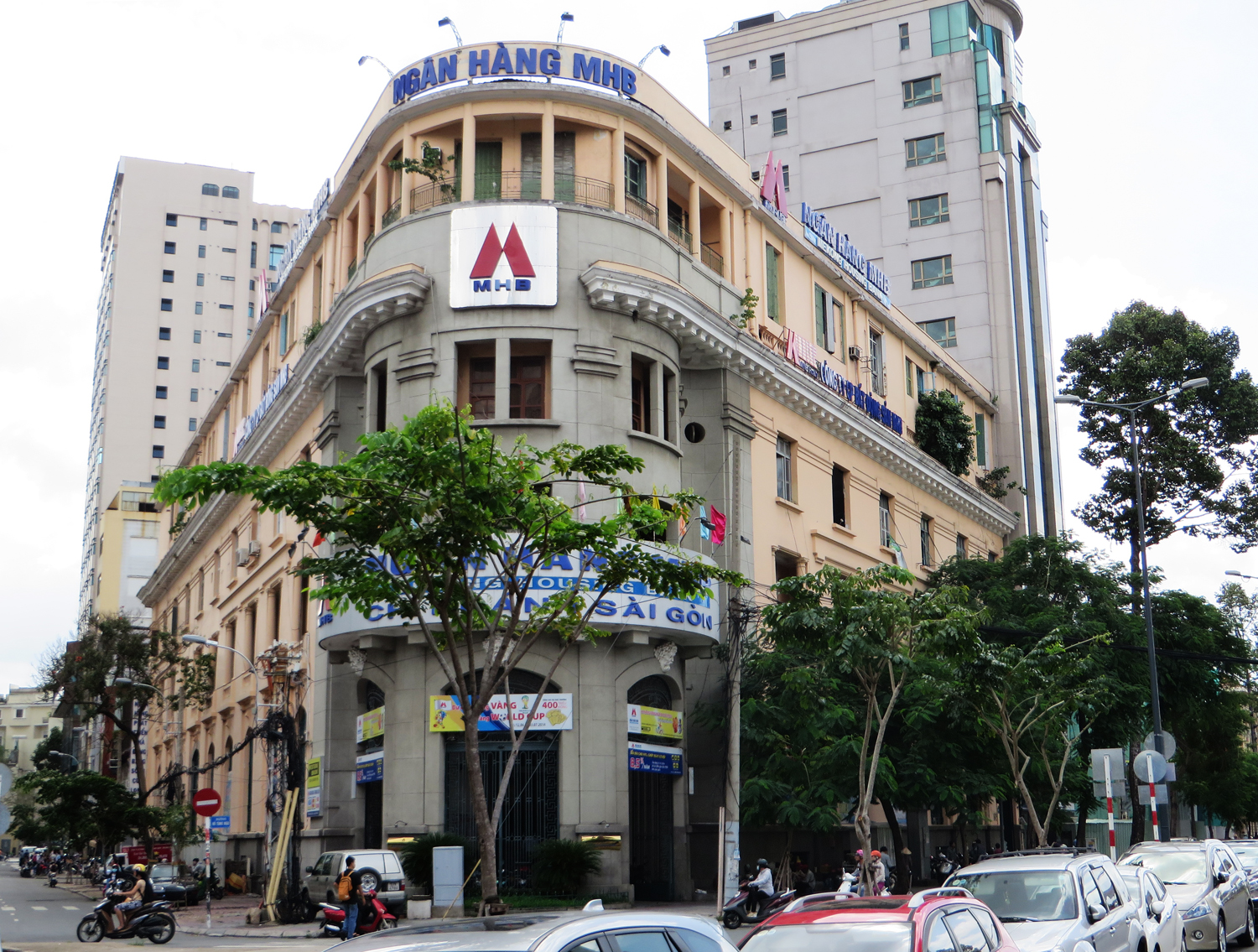
32 Hàm Nghi today
This article was published previously in Saigoneer http://saigoneer.com
Notwithstanding its early 1940s makeover, the flat iron building at the corner of Hàm Nghi and Hồ Tùng Mậu street is still one of the city’s most attractive colonial relics.
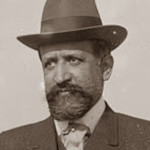
Octave Homberg, pictured in New York in 1915
The building at 32 Hàm Nghi was originally constructed in 1925-1926 as the headquarters of the Société financière française et coloniale (French and Colonial Finance Corporation, SFFC), a large holding company founded in 1920 with capital of 30 million Francs by billionaire businessman and former diplomat Octave Homberg (1876-1941).
At its height before the economic crash of 1929, Homberg’s SFFC had nearly 30 affiliates. Working mainly in the fields of agricultural and forestry exploitation, mining, utilities and credit, they included the Société des Caoutchoucs de l’Indochine, the Société française des Distilleries, the Société des Anthracites du Tonkin, the Société des Eaux et Electricité de l’Indochine, the Société des Sucreries et Raffineries de l’Indochine, and Energie Electrique Indochinoise.
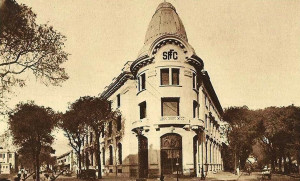
The Société Financière Française et Coloniale (SFFC) building in the late 1920s
Such was the economic power and influence of the man they called the “Midas of the Colonies,” that in 1926, a publication entitled La France devant le Pacifique. La Comédie Indochinoise jokingly asked: “Indochina: French colony or Homberg’s colony?”
SFFC’s first Saigon office was at 93 boulevard de la Somme, but on 18 April 1926, its new building at 32 boulevard de la Somme [Hàm Nghi boulevard] was inaugurated.
According to an article in the newspaper L’Éveil économique de l’Indochine, “This important building will permit the SFFC to house in its own premises a certain number of its affiliates, amongst others the Crédit Foncier de l’Indochine.”
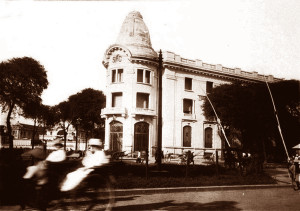
Another view of the SFFC building in the late 1920s
The article also noted that the SFFC’s new premises would permit the company to expand its operations by offering personal and commercial banking services.
“This inauguration marks the starting point of a new phase, the development of the SFFC’s Saigon operations. Previously, because of the smallness of its premises, the SFFC’s activities were almost exclusively for the benefit of companies in its own group. Now, it is able to serve the Saigon public by offering full banking operations in its own premises, with maximum facilities. In this connection, it should especially be noted that the SFFC now rents safes to its customers, housed in vaults of excellent design. This is a very welcome development, since no such service has previously existed in our banks.”
According to the Bulletin économique de l’Indo-Chine, the building also incorporated a plant analysis laboratory to assist its affiliate companies with crop management.
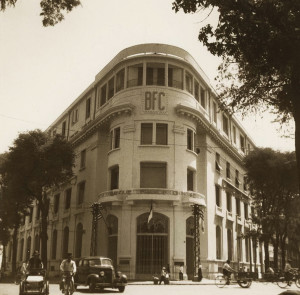
The Banque Franco-Chinoise pour le commerce et l’industrie (BFC) building in around 1945
The SFFC was hit very hard by the Great Depression, and in 1930 it narrowly avoided insolvency thanks to the intervention of French prime minister André Tardieu, who persuaded the Banque de l’Indochine to save it. In the general downsizing which followed, it ceased to operate as a bank.
During the 1930s, the name of the Crédit Foncier de l’Indochine (CFI), former affiliate of the Société financière française et coloniale (SFFC), replaced that of SFFC on the façade of the building.
Then in 1939, the SFFC headquarters building was sold to the Banque Franco-Chinoise pour le commerce et l’industrie (the Franco-Chinese Commerce and Industry Bank, BFC, 法国和中国 工商银行), which had formerly been based at 160 rue Mac-Mahon [Nam Kỳ Khởi Nghĩa]. Relocating all of its Saigon operations to 32 boulevard de la Somme, the BFC took the opportunity to expand its operations, subsequently removing the building’s old domed roof to make way for an additional floor. The “BFC” logos which still form part of the building’s ornate wrought-iron gateway and window grills date from this period.
Even after the BFC took over the building, the SFFC (known after 1949 as the Société Financière pour la France et les pays d’Outre-mer, SOFFO) and some of its affiliates continued to rent offices on the upper floors of the building until the end of the colonial era.
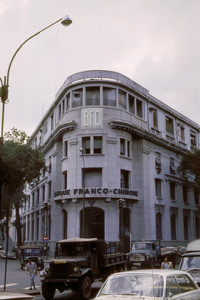
The BFC building in 1965 (Michael Mittelmann Collection, Vietnam Center and Archive)
The Banque Franco-Chinoise remained at this address (known from 1955 onwards as 32 Hàm Nghi) until 1975. After Reunification, the building was occupied by a variety of organisations, including numerous departments of the Ministry of Agriculture and Rural Development.
Since 1997, 32 Hàm Nghi has functioned principally as the headquarters of the Mekong Housing Bank (MHB).
As rumours circulate of plans to construct a 40-storey tower on the site, the future of this old building – like that of so many others in Saigon –currently hangs in the balance.
The author would like to thank Elvis Chan and Huỳnh Trung for their assistance in researching this article
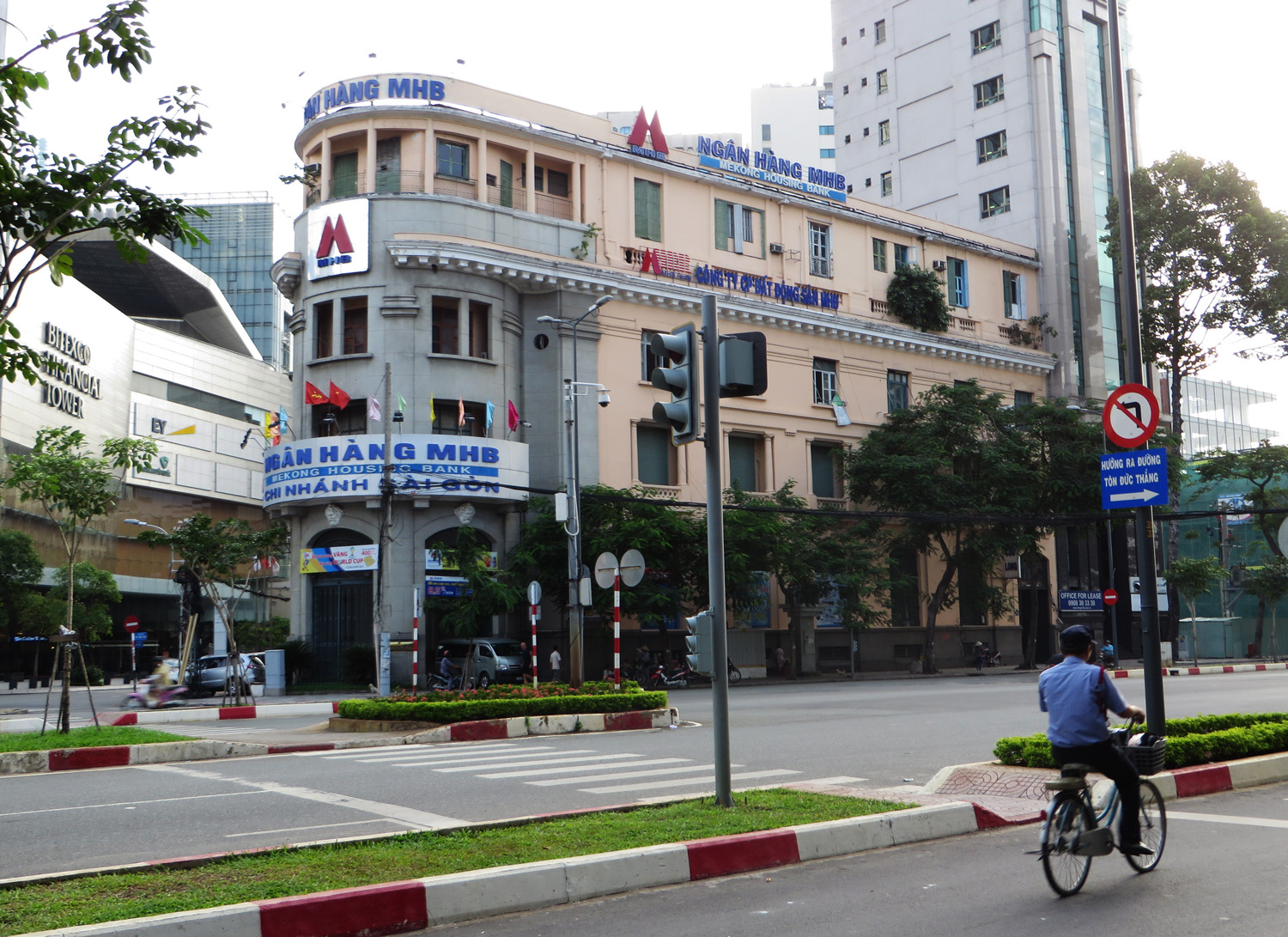
Another view of 32 Hàm Nghi today
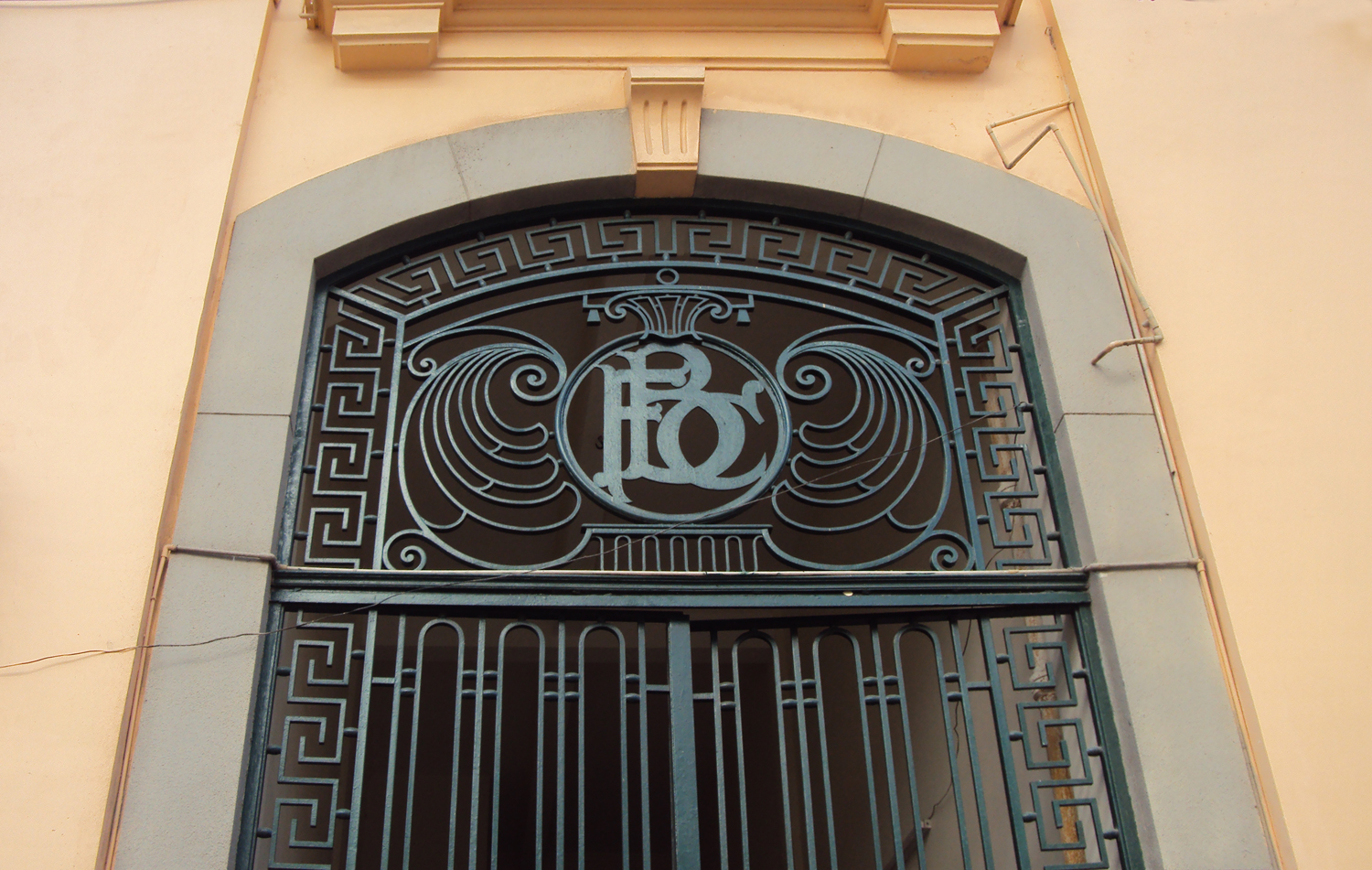
The “BFC” logos which still form part of the building’s ornate wrought-iron gateway and window grills date from 1939-1940
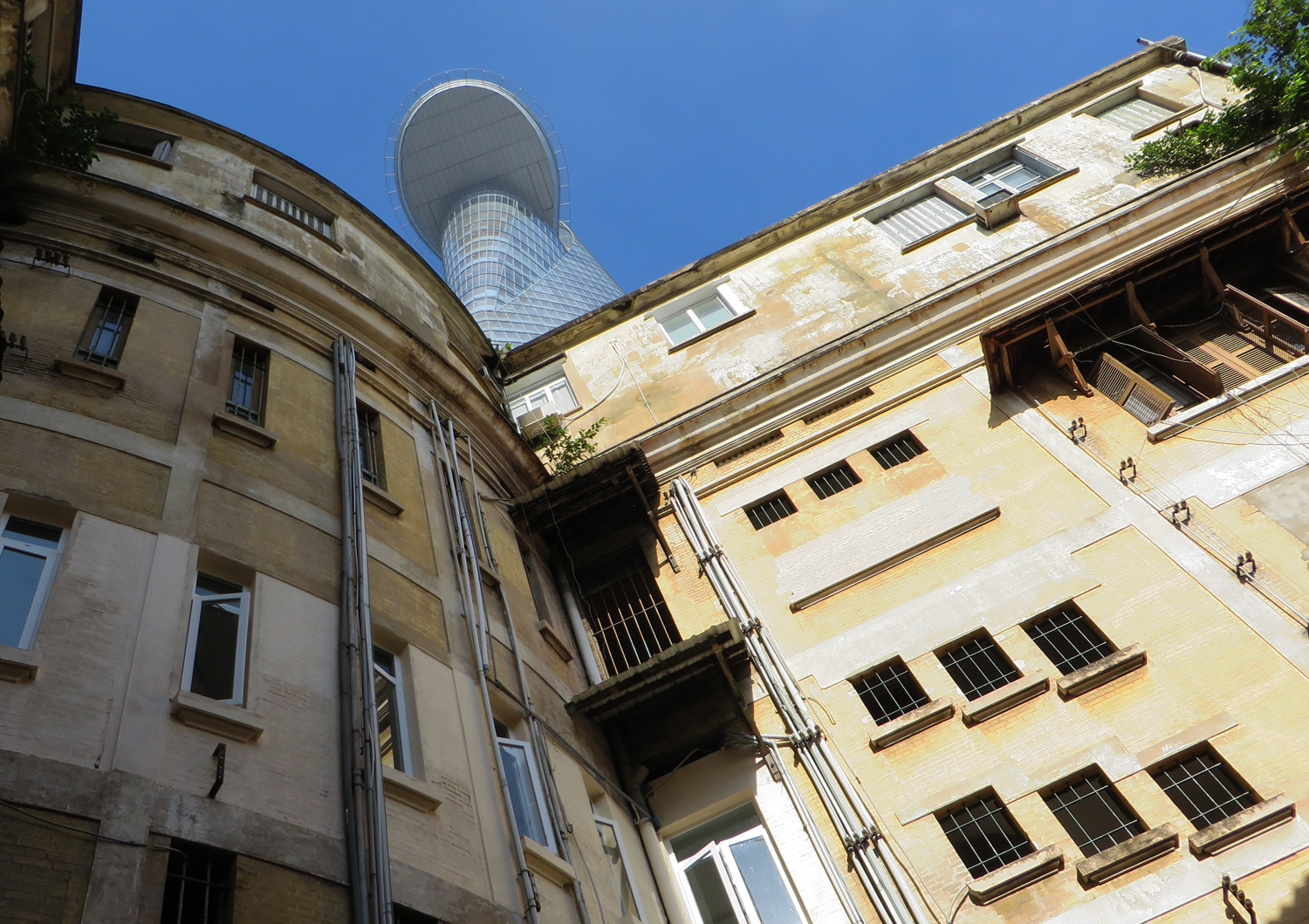
The view looking up from the rear yard of 32 Hàm Nghi
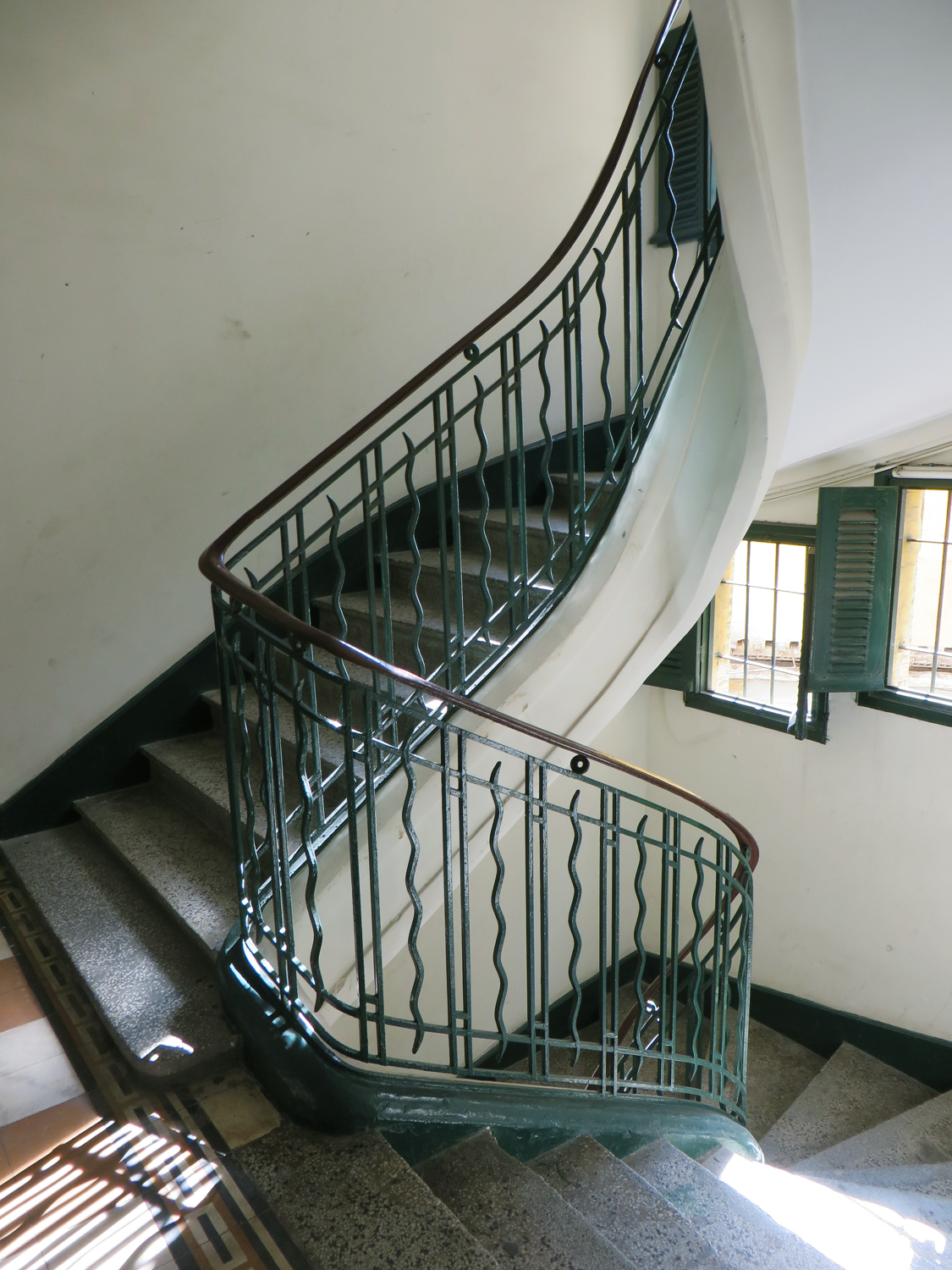
A stairway in 32 Hàm Nghi
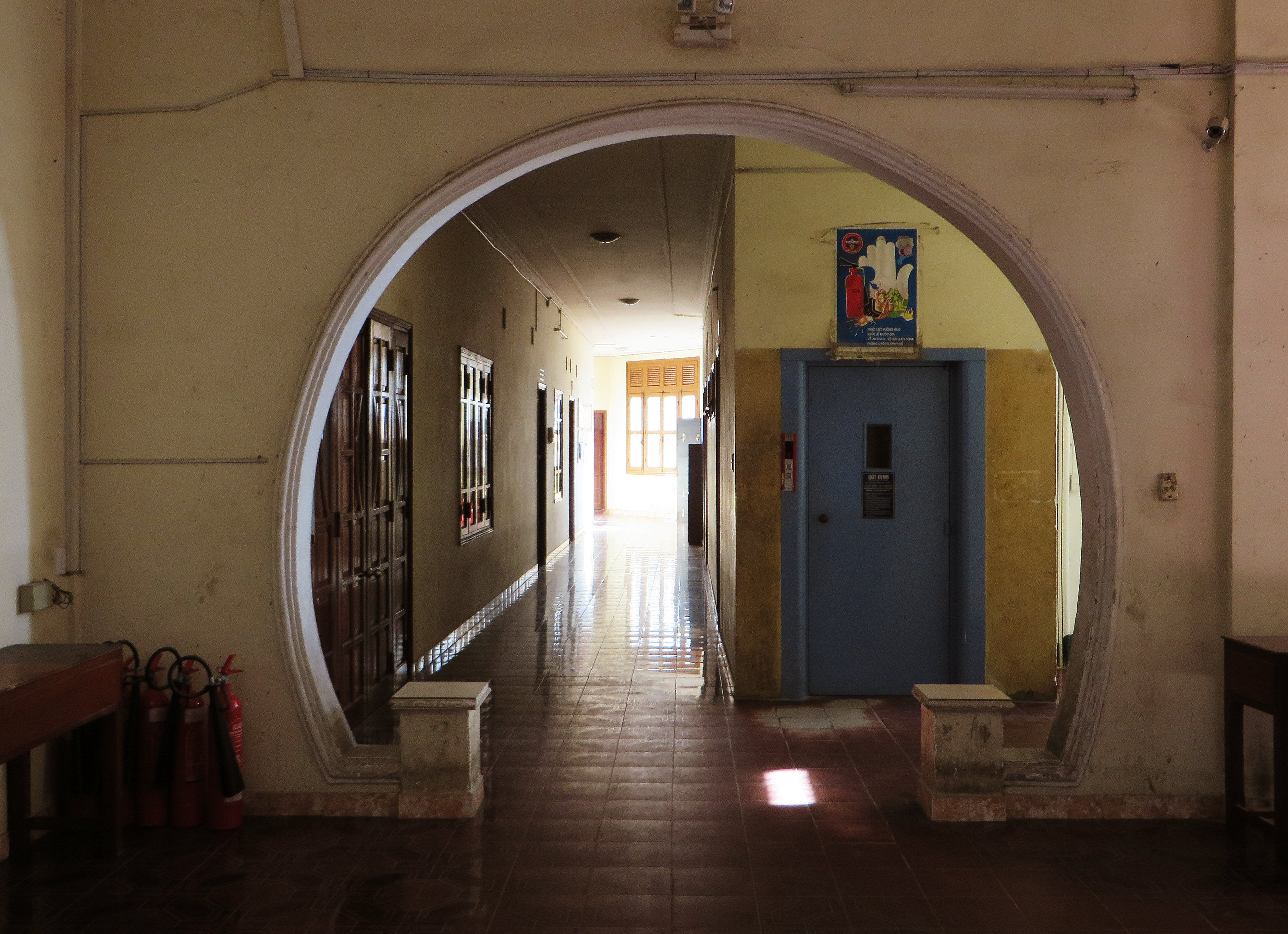
A corridor within 32 Hàm Nghi
Tim Doling is the author of the guidebook Exploring Saigon-Chợ Lớn – Vanishing heritage of Hồ Chí Minh City (Nhà Xuất Bản Thế Giới, Hà Nội, 2019)
A full index of all Tim’s blog articles since November 2013 is now available here.
Join the Facebook group pages Saigon-Chợ Lớn Then & Now to see historic photographs juxtaposed with new ones taken in the same locations, and Đài Quan sát Di sản Sài Gòn – Saigon Heritage Observatory for up-to-date information on conservation issues in Saigon and Chợ Lớn.

